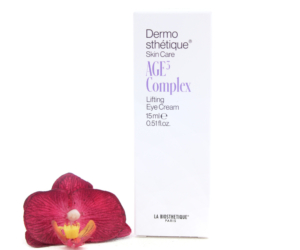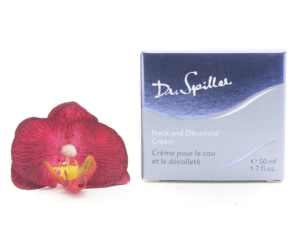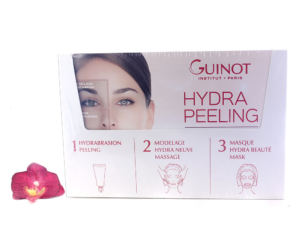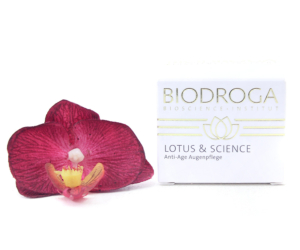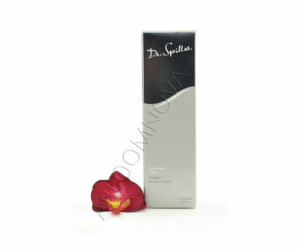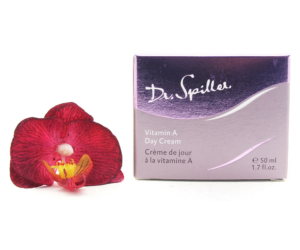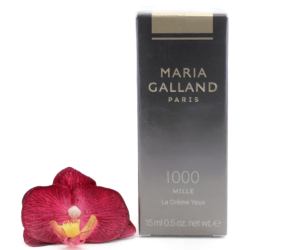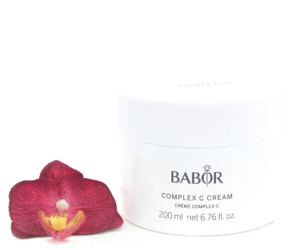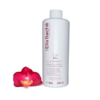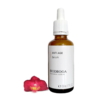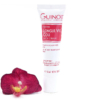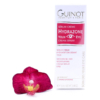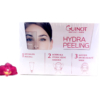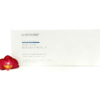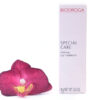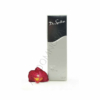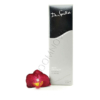What is oily skin, how do you know whether you have it and what can you do about it? Read on to find out more about this particular skin type…
Everyone needs a certain amount of natural oil to keep their skin supple and moisturized. Skin type is determined by how much oil the skin on your face produces; depending on this, your skin type can be categorized as dry, combination and oily.
According to Foreo, an oily skin type is exactly what it sounds like – excess oil on the face produces a persistently shiny or greasy appearance. If you don’t treat your oily skin, pores can become clogged and enlarged, and dead skin cells may accumulate. Blackheads, pimples and other types of acne are also common with this skin type.
The Science Behind the Oil
Sebaceous glands are located within the skin and are responsible for secreting an oily substance called sebum. Sebum lubricates the skin, protecting it from drying out or becoming irritated. This oil, along with sweat, is secreted through the pores. When this process goes smoothly, sebum not only lubricates your skin, but it also removes dead skin cells and other irritants from your pores. However, when over-active sebaceous glands produce excess sebum, your skin looks shiny and your pores can become clogged, leading to a host of skin imperfections.
How to Know if You Have Oily-Type Skin
If your skin exhibits the following, then you have an oily skin type:
- Your face is shiny and usually appears greasy later on in the day
- Makeup doesn’t stay on and seems to “slide” off
- The oilier areas of your face have blackheads, pimples or other types of acne
- Pores are visibly enlarged, especially on your nose, chin and forehead
Take special note of your T-Zone. The T-Zone is the region of the face consisting of the forehead and nose which naturally tend to have more active oil glands that may produce excess sebum. If your T-Zone is oily but the rest of your face looks normal or dry, then you have combination-type skin. Anyone’s skin can have multiple “types,” and that these types can change due to hormones, climate and stress levels.
What can you do about oily skin? We recommend trying Guinot AcniLogic – Intelligent Sebum Control Serum which normalises excess sebum and rebalances the skin, tightens pores and eliminates shine.
Apply daily to a cleansed complexion, before face cream. Use as a treatment for at least one month.
Active component:
- Acnicidine®: A complex of five powerful active ingredients.
- Mattifying Powders
- Alcohol: Dry out imperfections.
- Hydrocilin: Hydrates.
- Vitamin E: Fights against the formation of free radicals.

 Français
Français Русский
Русский

